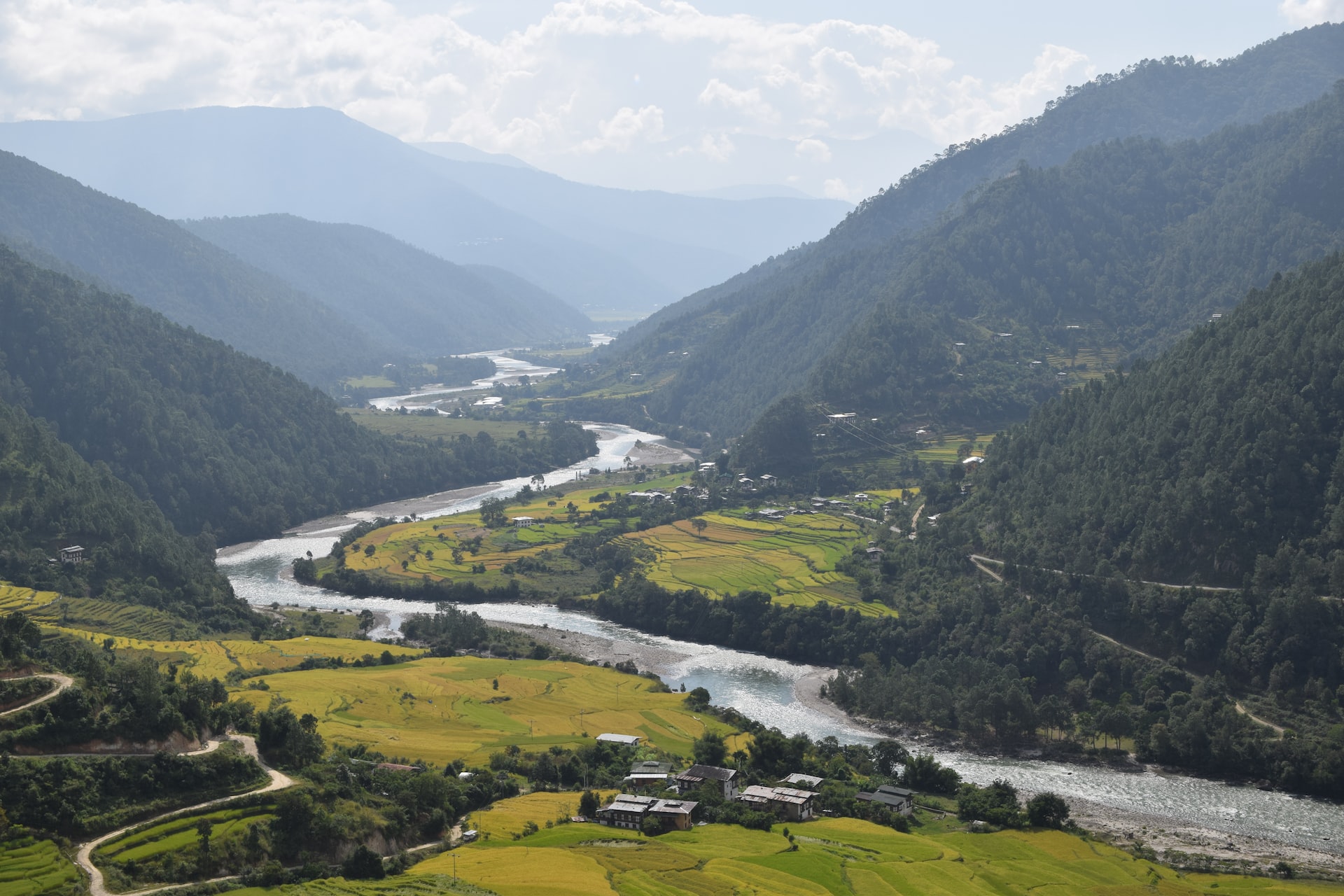
Can the insurance sector help safeguard our natural capital?
By Onno van den Heuvel and Jan Kellett
Estimates show that nature and ecosystems provide over US$125 trillion per year in goods and services to the global economy. However, nature and ecosystems are in grave danger of collapsing and despite being such a valuable asset, natural capital has to date remained a marginal priority for the insurance sector.
Transferring nature and biodiversity risks to insurers can reduce the impacts of climate change and disasters through payouts that fund repair and restoration activities for both ecosystems and communities. For example, in Mexico, the authorities decided to procure insurance to protect the Mesoamerican coral reef off the coast of the Yucatan Peninsula considering that the healthy coral reef helps to sustain the local economy via tourism activities as well as prevent beach erosion. In 2020, the insurance policy paid off amid the loss to reef due to a hurricane. The rapid disbursement of funds through insurance enabled the local community members to restore the damaged reef. This also proved that when restoration activities are carried out immediately after a disaster, they can significantly minimize biodiversity losses and help vulnerable communities rebuild their lives and livelihoods.
An important and inherent assumption to insurance design is that all other interventions to minimize risks are in place, for example, in the case of critical coastal habitats, this includes maintenance of a buffer or no-build zone and appropriate regulations to prevent damage, before benefiting from insurance. Insuring natural capital, including reefs, forests, mangroves, can guarantee immediate post-disaster funding for restoration activities, which also helps safeguard investments being made in biodiversity conservation efforts.
To improve the management of biodiversity-related hazards to people, wildlife, habitats, and assets, UNDP’s Biodiversity Finance Initiative (BIOFIN) and the Insurance and Risk Finance Facility (IRFF), are working with governments and the insurance industry to develop solutions, technical guidance and toolkits for countries to better understand the risks and the potential of insurance in risk transfer opportunities.
Insurance and risk transfer schemes for nature and biodiversity-related risks are not new concepts. Over 140 unique risk transfer mechanisms against risks related to human-wildlife conflict have alone spent over $250 million on compensating for losses related to wildlife activity in the last 40 years. Some of the prominent examples of currently ongoing schemes include the ones in Austria, Canada, China, India, Greece, Namibia, and Pakistan. In these countries, human-wildlife conflict has been an important driver of population decline of many threatened species. To conserve such species that generate conflict with people, there is an increasing need to secure the livelihoods of those people who face losses due to such conflicts. By providing much-needed compensation for losses, insurance has helped reduce the hostility of farmers towards wildlife and the incidents of retaliatory or pre-emptive killings. For example, in China, the insurance scheme to mitigate human-elephant conflict in in Yunnan Province, where elephants cause damage to rubber plantations, has resulted in reduced retaliatory killings of elephants by farmers.
In Bhutan, BIOFIN and IRFF are working together to reduce the adverse impacts of economic losses due to human-wildlife conflict, which is among the most severe conservation and developmental challenges in the Himalayan country. In a country where about 60 percent of the population depends on subsistent forest-based agriculture and livestock production, farmers, their crops and livestock are often attacked by wild animals, because of habitat encroachment, resulting in the transmission of diseases, poaching, and retaliatory killings. Crop and livestock losses due to wildlife attacks eventually trigger the loss of food, income and productive assets for the farmers, leading communities to cultivate a negative attitude towards wildlife and conservation which unbalances local ecosystems and leads to long-term economic losses. To address these issues, BIOFIN and IRFF are working together by engaging with stakeholders and developing efficient and viable insurance scheme based on the country’s experience of human-wildlife conflict-related past compensation programmes and the global best practices.
There is, however, a need to further exploit more of insurance’s potential to protect natural capital elements where conservation efforts are underway but remain exposed to unforeseeable climate and disaster risks. IRFF and BIOFIN are working in the areas such as policy advocacy and developing insurance solutions for protecting nature and biodiversity that can offer greater benefits not only for nature but also for vulnerable populations whose livelihoods depends on it. For instance, the impact on communities is shown in a recent report by the IRFF, Insuring Nature to Reduce Risks, that protecting just a square kilometre of reef can potentially provide protective and economic services to tens of thousands of people, resulting in better lives and livelihood for vulnerable populations through to protection of critical natural capital and reduced sudden expenditures, as well as developing and strengthening of the local insurance market.
Preserving nature and biodiversity is critical to protecting all life on earth. The BIOFIN and IRFF partnership is exploring the ways to develop solutions to narrow the financing gap to support biodiversity – the richness of life on our planet.
Onno van den Heuvel is Global Manager of the Biodiversity Finance Initiative, UNDP
Jan Kellett is Team Leader of the Insurance and Risk Finance Facility, UNDP
Categories
Archives
- July 2025 (9)
- June 2025 (5)
- May 2025 (8)
- April 2025 (9)
- March 2025 (8)
- February 2025 (2)
- January 2025 (5)
- December 2024 (4)
- November 2024 (5)
- October 2024 (14)